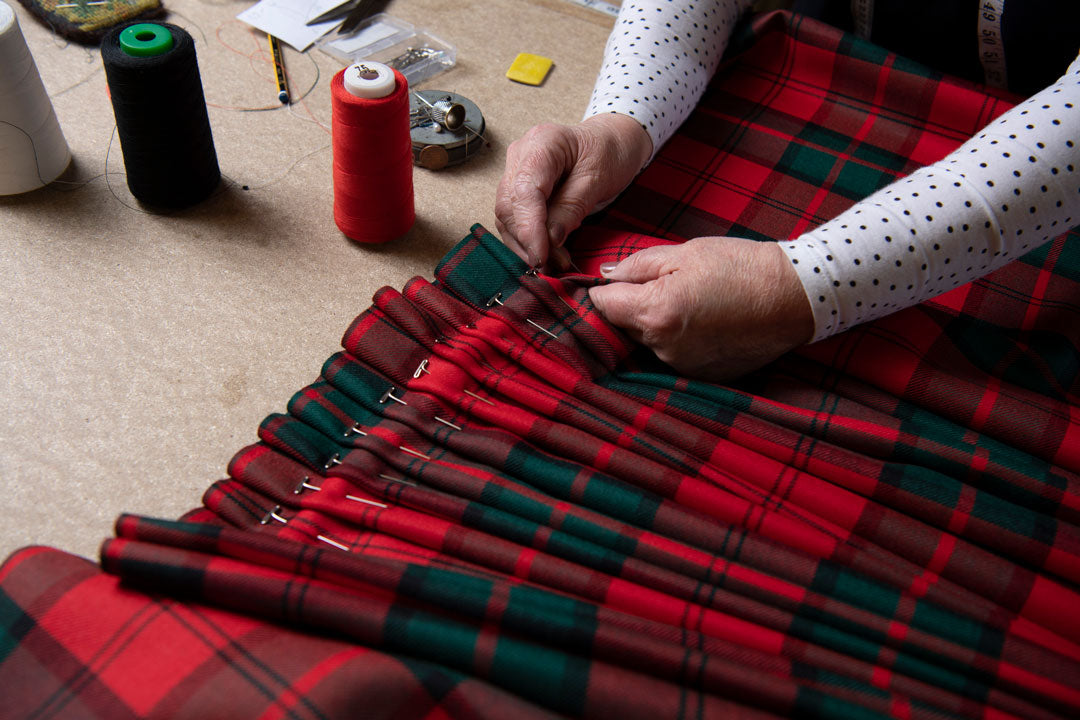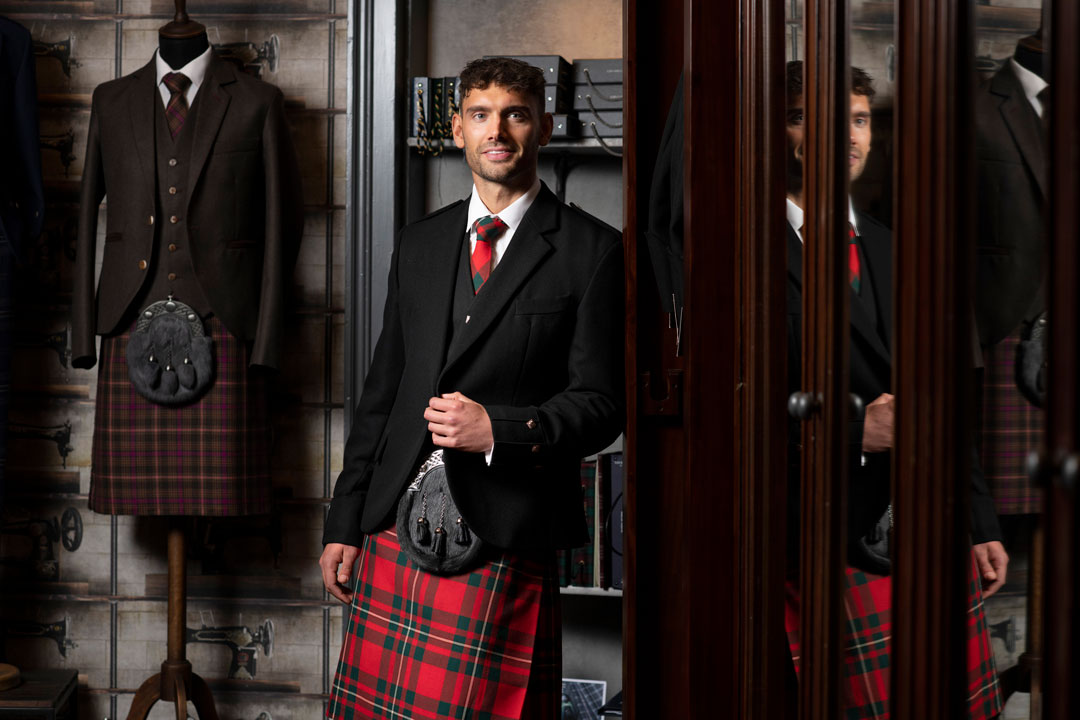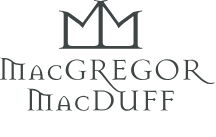Tartan in its simplest definition refers to a pattern in cloth that consists of interconnected lines and colours that run the length and breadth of the material. Tartan has been present in Scotland since the 3rd century and today, tartan holds great significance to Scotland's culture as well as its history. During the height of Scottish highland clan society, tartan held distinct meaning to each clan and by the 18th century, tartan clothing was seen to be indistinguishable from highland dress. So much so that after the Battle of Culloden, where the Jacobites lost their final battle against the British government, tartan was banned alongside the rest of highland culture as punishment.
 What are the Origins of Clan Tartans?
What are the Origins of Clan Tartans?
Tartan isn’t unique to Scotland. There are records of tartan cloth dating as far back as 3,000 BC. It’s safe to say that wherever there was cloth being weaved, patterns and colours in the cloth were common, however no other country gave their pattern meaning or names other than Scotland. It’s thought that at some point before the 17th century, tartan started to gain more symbolism in Scotland. The common myth around clan tartans is that they were used to identify friend from foe in battle and while this seems plausible, there is evidence to suggest that this was not the case. It’s generally accepted that the way clan members would identify themselves in battle was by attaching a strip of coloured cloth to their bonnet or shirt. In fact, while it may have been true that certain cloth patterns and colours were more common in some areas of Scotland, before the 18th century, there may not have been dedicated clan tartans at all. It wasn’t until large-scale commercial weavers started manufacturing tartan in the late 1700’s and after the Dress Act of 1746 was repealed that clans started to adopt their own tartans.
 What types of tartan are there?
What types of tartan are there?
Generally speaking, tartan designs can be classified into three categories. The first category and arguably most well-known is the Clan Tartan. Clan tartans represent a specific clan and are often available in an ancient or modern variant. Ancient clan tartans are lighter as when they were first weaved, vegetable dyes and natural pigments were used to create the different colours. Buying an ancient clan tartan today may not use the same materials to dye the tartan but they are still lighter in colour to represent the tartan's original design. Modern clan tartans are vibrant in colour and are seen as updated versions of the original ancient design. While there may have been certain prejudice around wearing a kilt in a clan tartan that you were not a part of in the past, today there are no restrictions on wearing any clan tartan. However, if people are still not comfortable with wearing a tartan that is connected with a specific family name, there are tartans that aren’t connected to clans and these are called Universal Tartans. Universal tartans have been designed free of any clan entanglement or connection. Universal tartans are modern and sometimes step away from the traditional-looking tartan design. Restricted tartans are the third type of taran and these are tartan designs that have special rules around their use. Our Mist range of tartans are restricted and only MacGregor and MacDuff has the authority to say who is allowed to weave it or sell products using the design. The royal Balmoral tartan is also a restricted tartan and only the head of the monarchy can grant people permission to wear a Balmoral kilt or any other article of clothing in the tartan.
 What is the most popular tartan?
What is the most popular tartan?
The great thing about tartan is that each design is so unique and everyone has their own preferences. The result of this is that there isn’t just one tartan that stands out from the rest and in the same regard, there are many wonderful tartans that are rarely seen. There are a few tartans that are more well-known than others though. Due to its bright design and royal connection, the Royal Stewart tartan is one of the most recognisable tartans in the world. The Royal Steward is often the tartan that comes to mind when people think of tartan, especially those outside of Scotland. Another very recognisable tartan is the MacLeod of Lewis, affectionately known as the Loud MacLeod thanks to its bright yellow and black design.

How do I choose a tartan?
When starting to think about their tartan choice, people will look for a tartan that has a personal connection to them. This may be a family or clan connection or even just a tartan that invokes a memory or emotion. The main thing to focus on is finding a tartan that you enjoy the look of. There's no point in buying a kilt or a pair of trews in a tartan that you have a family connection with if you don’t like the look of the design. Remember, a kilt can last for a lifetime and beyond so make sure you don’t choose a tartan that you’ll end up disliking. The other thing to consider is the full outfit colour scheme and more importantly, what jacket you will be wearing with your kilt. Black jackets are easy as they match with all tartans but if your favourite jacket colour is navy, then make sure the tartan you choose works well with navy. It boils down to preference and you should spend a little time considering what you like as well as the full look of the highlandwear outfit you are trying to achieve. Our tartan finder can be a great help for browsing through all of your tartan options. If you still can’t find your favourite tartan, check out our Tartan Design Service where you can design your very own tartan.

At MacGregor and MacDuff we have a wide range of products we can offer you in your favourite tartan. From full kilt outfits to tartan trews and trousers to tartan accessories like scarves and neckwear. If you are looking for something tartan, we can help. For any questions or if you would like to know more about your tartan options, contact our team by emailing info@macgregorandmacduff.co.uk, we’d be happy to help.
